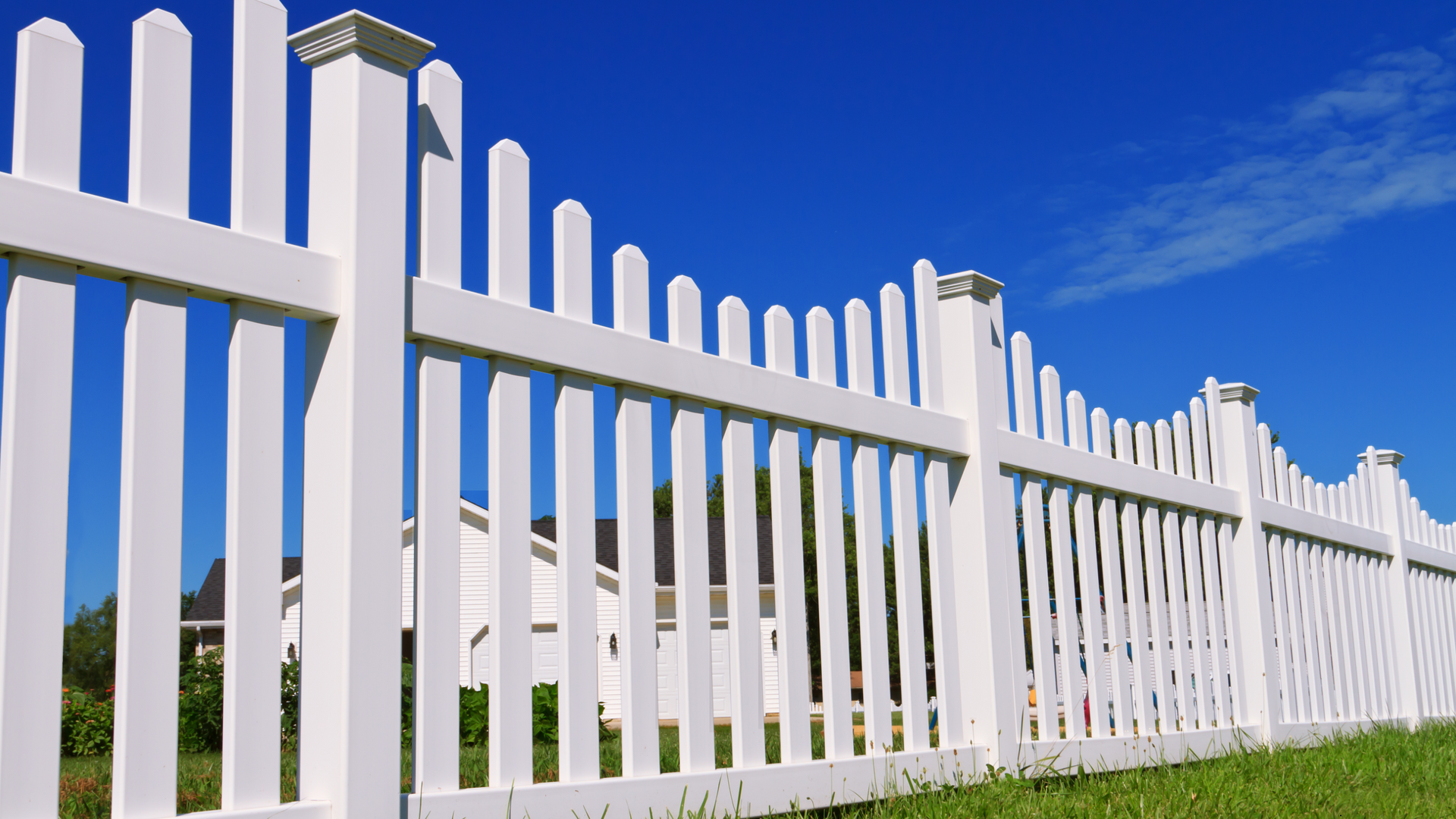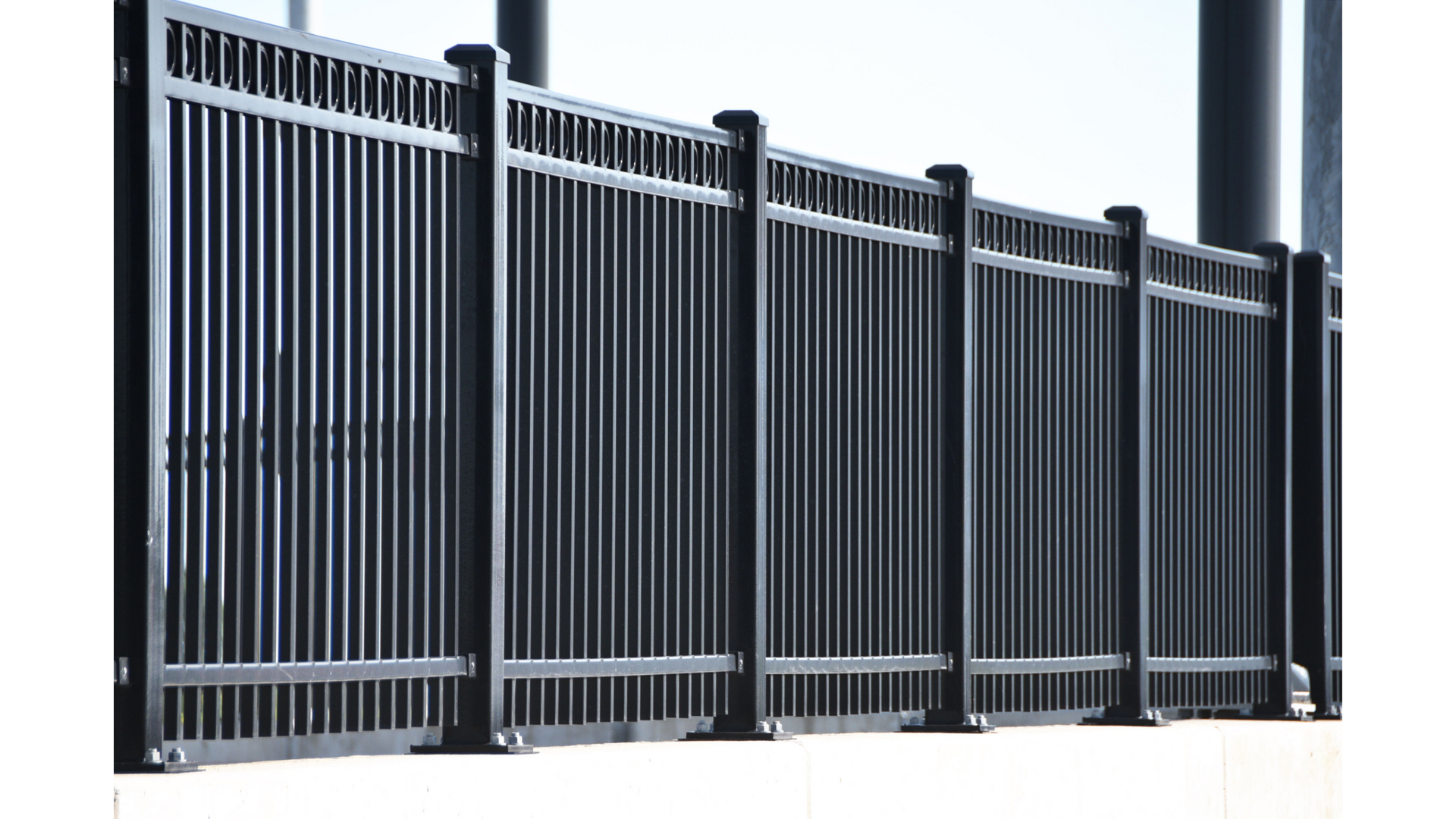Get in touch
555-555-5555
mymail@mailservice.com
Fence Pro Duluth Blog
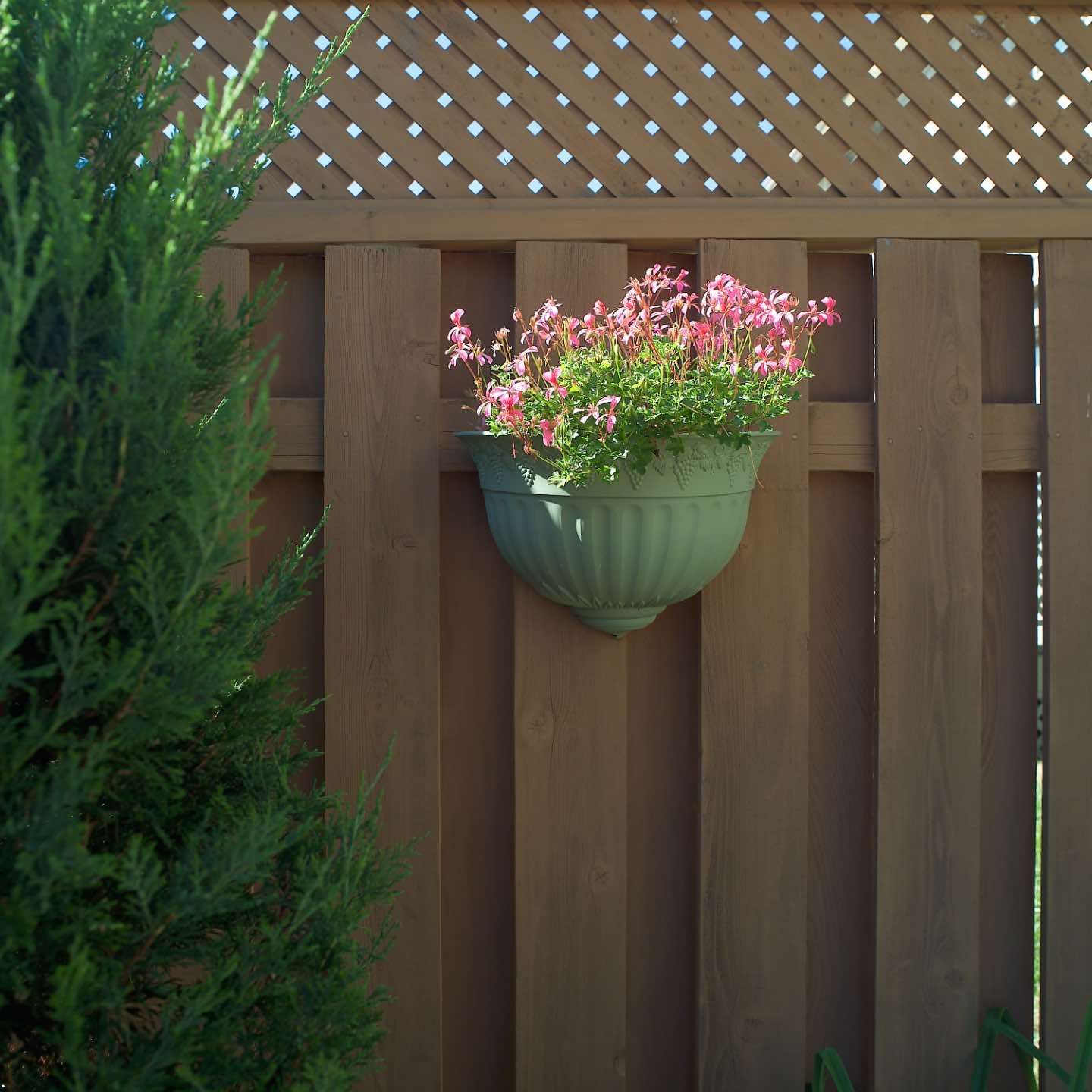
March 15, 2025
Insects can unleash destruction on wood fence owners, particularly in regions with warm and humid climates. Picture this: a warm summer day, and your beautiful wood fence suddenly starts to crumble, leaving you wondering what happened. This devastating scenario can be avoided with the right knowledge and fencing materials. At Fence Pro Duluth, our wood fences resist insects. However, remember that insect-resistant does not mean insect-proof. Even the most resistant woods can fall victim to these tiny destroyers. Our fence company can help with this annoying situation. The Insect Suspects: Unmasking the Culprits Termites, those silent assassins, are notorious for eating through fence posts from the inside out. Drawn to cellulose, a key component of wood, they feast on the wood's core, carving intricate tunnels as they go. This slow and steady destruction undermines the strength of your fence, waiting to strike when you least expect it. For example, a termite infestation in Minnesota can cause upwards of $3,000 in damages. Imagine the financial burden and stress that comes with repairing or replacing your damaged fence. Carpenter ants, the sneaky invaders, also journey into your fence posts, burrowing their way through the wood. While they may not dine on the wood itself, their tunnels create an open door to structural damage. Water seeps in, weakening the fence over time, making it vulnerable to collapse. It's a ticking time bomb, waiting to strike. The consequences of their actions can be devastating, leaving your fence posts brittle and weak. Carpenter bees are the noisy troublemakers. They drill big holes into wooden walls. This lets moisture into fence posts, which causes decay over time. Their handiwork is like a slow-motion train wreck, and you're powerless to stop it. Imagine a fence post weakened by years of moisture, finally giving way under the weight of a strong wind. The sound of cracking wood is a haunting reminder of the destruction these insects can cause. Cedar Wood: Nature's Powerful Insect Repellent Cedar is like a superhero, boasting natural insect resistance that has been tested for centuries. The aromatic oils that ensure its longevity have a silver lining – they double as a shield against pests. These preservatives extend the life of your fence while warding off wood-loving invaders. The ancient Egyptians used cedar for their temples. This wood resists pests, so many temples still stand today. The Egyptians' use of cedar is a testament to the wood's durability and ability to withstand the test of time. Pressure-Treated Wood: The Enhanced Defender Pine, the speedy growth champion, offers sturdy support for fencing. The pressure treatment process fortifies pine, enhancing its stability for years to come. These chemicals guard the wood against pests and threats like mold and rot. It's like having a robust bodyguard watching over your fence, protecting it from harm. The application of pressure treatment is a proactive approach to defending your fence against the forces of nature. The Insect Repellent and Insect Proof Myth: Separating Fact from Fiction Our fence company can provide wood products that are insect repellent, but let's be realistic – no wood is genuinely insect proof. Over time, both cedar and pressure-treated woods lose their protective qualities. Age introduces vulnerability, with hungry pests poised to attack. It's like the wood is wearing a thin layer of armor that eventually wears off, leaving it exposed to predators. This reality check is essential in understanding the importance of maintenance and upkeep. Insect-Resistant Treatment Options: A World of Choices A selection of products exists to help repel insects. Regular stains and sealants help, but special products fight insect invasions directly. Whether you lean toward chemicals or all-natural solutions, options abound to fit your needs. From wood oils to eco-friendly sprays, the choices are endless. For example, eco-friendly borate-based products can be applied to the wood to repel insects. The vast array of treatment options is a testament to the ongoing battle against insects. Better Options for the Insect-Wary: Choosing the Right Fence for You If you're concerned about insects, consider vinyl, aluminum, composite, or chain link fences. Each material offers a range of stylish options, from modern to traditional. We guarantee you'll discover the perfect insect-proof fence to love, free from the worries of wood-loving pests. Imagine having a beautiful fence that stands the test of time, without the constant fear of insect damage. With these alternatives, you can enjoy peace of mind, knowing your fence is protected from the relentless onslaught of insects. Get in touch with our fence company today to discuss what can be done about insects in your fence.

March 8, 2025
Excess moisture is a quiet threat. It slowly weakens your fence, leading to costly repairs. Imagine a once-sturdy wooden fence, now cracked and weakened, like an elderly person's face marked by time. In places like the Pacific Northwest and Southeast, heavy rain makes untreated fences especially vulnerable. If they remain unprotected, they can rot quickly, leaving homeowners with expensive bills. As a local fence company, we are weather aware and know how to protect fencing in Duluth from this harsh climate. History shows the destructive power of moisture. In 2005, Hurricane Katrina’s storm surges damaged homes and fences, displacing thousands. The Midwest floods of 1993, caused by heavy rain and poor drainage, devastated communities, leaving families homeless. The Great Mississippi Flood of 1927 overflowed the river, causing millions in damages and displacing many. These events highlight how excess moisture can harm structures and stress the need to protect our fences. When moisture seeps into wood, it causes the fibers to swell. This leads to warping and cracking, which weakens the fence. The damage can act like a slow-moving cancer, eroding the structure, much like termites eating a house's foundation. Imagine finding your once-sturdy fence now fragile, like a wilting plant struggling in a dry desert. Excess moisture can quickly destroy your fence, especially in humid areas. It accumulates like a snowball rolling downhill, gaining speed and size. By the time you notice, it might be too late, leaving you with a hefty repair bill. That’s why protecting your fence from moisture is crucial. A waterproof sealant or stain acts like armor, repelling water and reducing damage risk. Apply it annually or bi-annually, depending on your climate. It’s as easy as putting on sunscreen before a day at the beach. Think of this as a flu shot for your fence. It protects against the elements and keeps it sturdy for years. Good drainage is also key. Installing a French drain or adjusting your yard's slope helps water flow away from the fence. This prevents pooling and damage, like a levee holding back a river. In rainy areas, where water can accumulate, a French drain acts like a sentry guarding a fortress. Using durable materials like cedar or redwood provides extra protection. These woods have natural oils that repel moisture and pests, acting like a superhero cape. Cedar, for example, contains thujaplicin, which fights off insects and moisture, making it ideal for humid areas. Regular inspections help catch issues early, allowing you to act before damage occurs, like a doctor diagnosing a disease early. By taking these steps, you can enjoy your fence for years, proud of its strength and your proactive care. Understanding wood damage helps homeowners make smart choices. Moisture fosters fungi growth, leading to decay, like fertile soil nurturing a seedling. That’s why waterproof sealants are vital; they keep moisture out and reduce fungal risk, much like a vaccine stops disease spread. Durable materials like cedar and redwood add further protection with their natural oils. By combining these methods, homeowners can build strong defenses against moisture, keeping their fences solid for years, like a fortress standing firm against invaders. Choose a fence company that knows the challenges your fence will encounter over the years. Here at Fence Pro Duluth, we are local experts and are ready to help,

March 5, 2025
A fence around a pool is vital for safety. It can mean life or death, especially for homes with young kids or pets. They may wander into the pool area without adult supervision. Drowning is a serious issue. The CDC reports that drowning is the leading cause of accidental death for kids aged one to four in the U.S. Between 2005 and 2014, about 3,536 children died from drowning each year. This shows the need for awareness and prevention. Shockingly, 1 in 5 of these incidents happen in pools. This highlights how important a pool fence is in preventing these tragedies. The American Academy of Pediatrics and the Consumer Product Safety Commission say a pool fence can cut the drowning risk by 83%. This drop shows the necessity of having a pool fence, especially for families with young kids or pets. For every child who drowns, four more receive care in emergency rooms for non-fatal drowning injuries. This means many near-misses occur with every tragic incident. A pool fence is vital for families with young kids or pets who may wander near the pool. In 2010, a curious four-year-old boy in California fell into his backyard pool. His parents were inside, unaware of his presence. The pool lacked a fence, so they didn’t know until it was too late. This tragic event could have been prevented with a strong pool fence. What started as a lovely summer day turned into a sad nightmare. It shows how crucial it is to keep the pool area safe. Our fence company can help homeowners with pools prevent tragedies like these. In 2012, a three-year-old girl in Florida nearly drowned. She slipped through an open gate and fell into a pool. Luckily, an adult nearby heard her cries and rescued her just in time. This action prevented tragedy. These examples highlight the importance of installing a pool fence, especially for families with young kids or pets. A pool fence can be a lifesaver in near-miss situations, acting as a barrier between a curious child or pet and the pool. It can give a parent those precious few seconds to react and prevent a potential tragedy. Imagine having extra seconds to rush to your child's aid, thanks to a sturdy fence between them and the water. This window of opportunity can be the difference between life and death, and no family should overlook it. Besides safety, a pool fence can add style to your backyard oasis. With various designs and materials, homeowners can choose a fence that complements their pool and landscape. For example, sleek metal fences create a seamless transition between the pool and yard, reflecting nature's beauty. Rustic wooden fences can evoke a cozy, natural feel, reminiscent of a secluded hideaway. Many pool fences are customizable, allowing homeowners to tailor the design to their taste. By adding plants or shrubs around the fence, they can create a beautiful natural screen that enhances the outdoor space. In conclusion, a pool fence is a smart choice for homeowners. It helps keep loved ones safe and makes the pool more enjoyable and attractive. It provides security, enhances the ambiance of the outdoor space, and elevates the aesthetics of the backyard. A pool fence is like an insurance policy. It provides peace of mind and protects your family for years, much like a guardian. Our fence company is ready to help you create the backyard oasis you've been dreaming of!
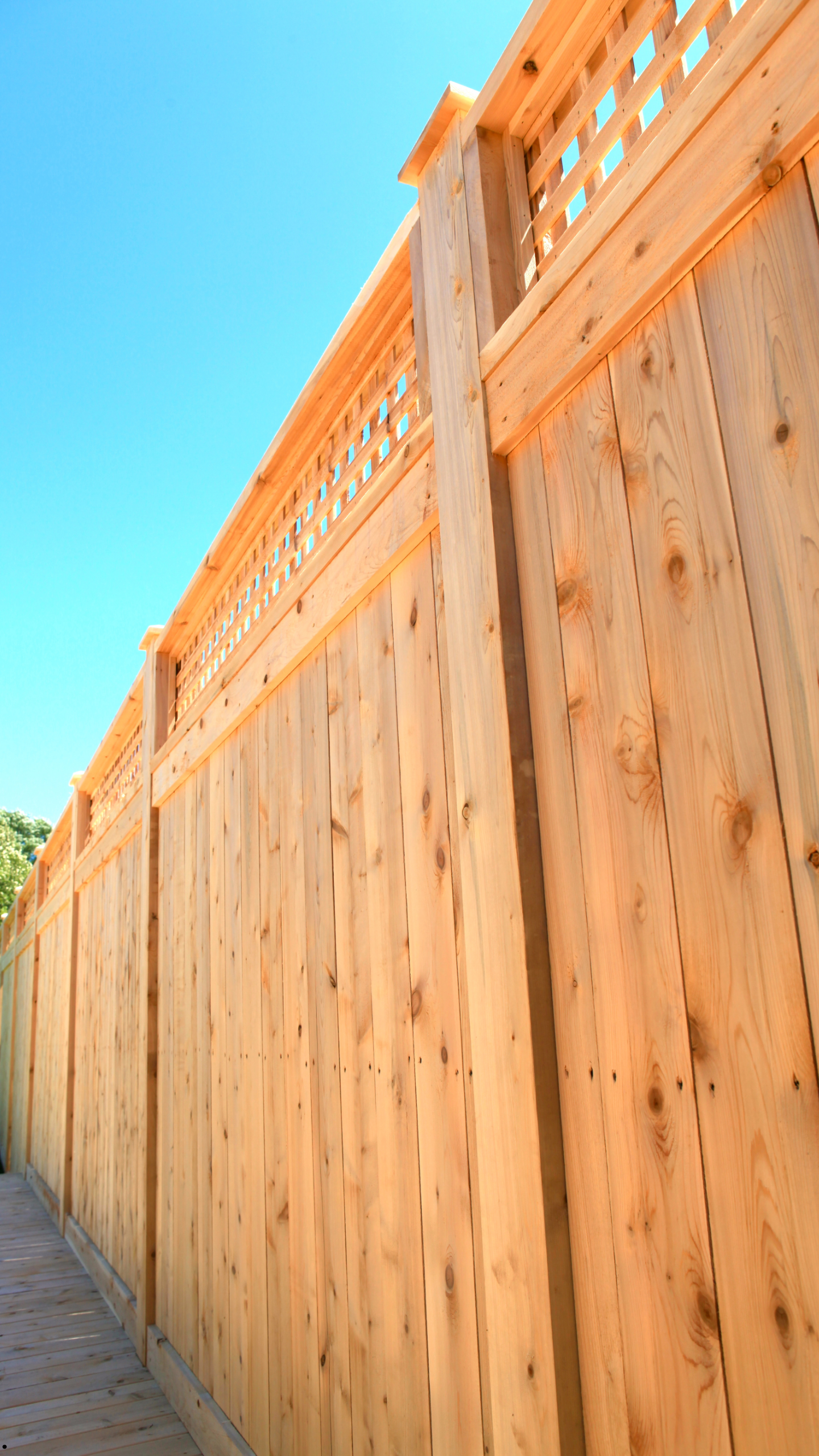
February 26, 2025
When starting a fence project, view it as a long-term investment. A fence improves your home's security, privacy, curb appeal, and resale value. Building a fence is like creating a well-planned house. It needs careful attention to avoid overspending. Prices can vary a lot, and six key factors can raise your costs if you're not careful. A complicated fence layout is like solving a tough puzzle: each extra piece adds difficulty and cost. Terminal posts, unlike line posts, need more labor based on the material, raising expenses. For instance, a fence with many corners and angles requires more labor and materials, increasing costs. The National Association of Home Builders states that complex designs can boost construction costs by up to 20%. To save money, plan your design carefully and consider the added materials and labor for each detail. Our fence company is here to help you make the best decisions possible with regards to your new fence. Phasing your project is like taking a road trip with stops: it increases costs. Each trip adds labor, transportation, and fuel expenses, driving up your total. It's cheaper to complete as much of the fence as possible in one go, like buying in bulk. This can lower costs, similar to minimizing shopping trips. For instance, a nearby town homeowner saved over $5,000 by finishing their fence in one phase instead of multiple ones. This method helps you use resources better, cut waste, and shorten the project time. Gates can be charming but often cost more than fence panels, like a luxury car compared to a sedan. To save money, limit gates and assess their necessity. Ask, "Do I really need a gate here?" A single gate for the main entrance might be smarter than several gates around the property. In fact, choosing one gate can save you up to 50% compared to multiple gates. This way, you focus on functionality over looks, ensuring your gates are practical. Removing an old fence is like cleaning out your attic: it's necessary but tough. You can hire professionals for a fee, but doing it yourself saves money and gives you a workout. It’s like DIY home projects: you save money, feel accomplished, and ensure quality. Proper disposal of old materials is crucial to avoid environmental harm. The Environmental Protection Agency warns that improper waste disposal can lead to soil and water pollution. By disposing of the old fence properly, you help protect the environment. Digging in rocky soil is like trying to break concrete: it needs more effort and special tools. This tough terrain might come with a "rock clause" that raises your bill if digging is hard. Some areas, like those with granite or clay, can have unexpected challenges, like hidden rocks or pipes. Clearing brush or low-hanging branches also adds labor costs, like extra pizza toppings. For example, a homeowner faced a $2,000 increase because of hidden rocks in their yard. Knowing these challenges helps you plan and budget better. Eye-catching features like lattice work and fancy post caps are like luxury extras: they enhance your fence’s look but add costs. To stay on budget, focus on practical aspects over aesthetics. At Fence Pro Duluth, we can show you affordable options, so you can compare styles without overspending. By keeping these six costly factors in mind, you can build a beautiful fence that fits your budget and boosts your home's value. Let our fence company help you make the best decisions about your new fence today. We are ready to help.

February 1, 2025
Thinking about how tall your fence should be? You're not alone! The ideal fence height is a delicate balancing act between various factors that differ from one homeowner to another. Skip the "one-size-fits-all" approach. Your community's rules or pool codes may require it, but most areas provide several good options. Let's dive deeper into the key considerations to help you choose the perfect fence height for your property. Homeowner associations (HOAs) set the tone by creating rules about height. They often allow only certain height options or have general height limits. Scrutinize your HOA's requirements to discover the available choices. Nearby properties can serve as valuable benchmarks, showcasing what works and what doesn't. Getting neighborhood insights will help the HOA approval process and make it smoother. For instance, visit nearby properties to see how their fences complement their homes and gardens. Our fence company can help with these situations. In many municipalities, fence height is capped at 6 feet or 8 feet, with front yards frequently facing more stringent restrictions. In cities like San Francisco, hillside lots need careful planning. This helps drivers see clearly. For example, in some areas, the maximum height for front yard fences is only 4 feet, while side and rear yards can reach up to 8 feet. Some take a more drastic approach, prohibiting fences in front yards altogether. Corner lots add an extra layer of complexity, particularly near roads. In Duluth, MN, there are various neighborhoods with differing regulation specific to their local area. To avoid problems, contact your local zoning department. They can help you find out the allowed fence heights in your area. They often host a treasure trove of online resources that'll guide you through the intricacies of zoning regulations. Some city websites offer interactive zoning maps. These maps let you check the rules that apply to your property. This is particularly useful in cities like New York, where zoning laws are notoriously complex. You can also talk to local builders or contractors. They know how to handle similar properties. The purpose of your fence is the leading factor in selecting its height. If you're planning to install a pool, pool codes usually mandate a fence standing at 4 feet or 5 feet, depending on your location. If you desire a little privacy to enjoy your morning coffee or keep deer at bay, aim higher and opt for a taller boundary! On the other hand, if you're looking to delineate property lines, a modest 2-3 foot fence will suffice. However, standard privacy fences often reach up to 6 feet. Feel free to go even higher, but be sure to appease your HOA and local regulations first. For example, a 6-foot fence might be perfect for a family with young children, providing a sense of security without obstructing the view. Imagine being able to watch your kids play in the backyard while still enjoying your morning coffee. For fences focused on security, the higher the better! Commercial security fences typically tower at 7 feet or 8 feet, and the addition of barbed wire can provide an extra layer of deterrent. When it comes to containing dogs, a 4-foot fence usually does the trick. If your pup has Olympic jumping skills, consider nudging it up to 5 feet. For pint-sized critters, narrow spacing might be your best line of defense instead of height. Picture a peaceful backyard where your pets can roam freely without escaping. And let's not forget about those pesky pests! Fences designed to foil deer must rise to at least 8 feet – those nimble jumpers won't be kept out by anything shorter. Taller fences often cost more, but some styles can surprise you with affordable options. The universal standard for privacy fences flirts with 6 feet tall, but cutting down a vinyl fence to 5 feet can be labor-intensive. Always ask your fence company about their pricing. Stay smart about seasonal costs, like how lumber prices change. By doing so, you'll be able to find a fence that fits your budget and meets your needs. Think about these factors to choose the right fence height for your property. This will help you balance functionality, looks, and local rules. Remember, your fence is an extension of your home, so take your time and get it right! Our fence company is ready to help you make the best decision about the best fence height for you.
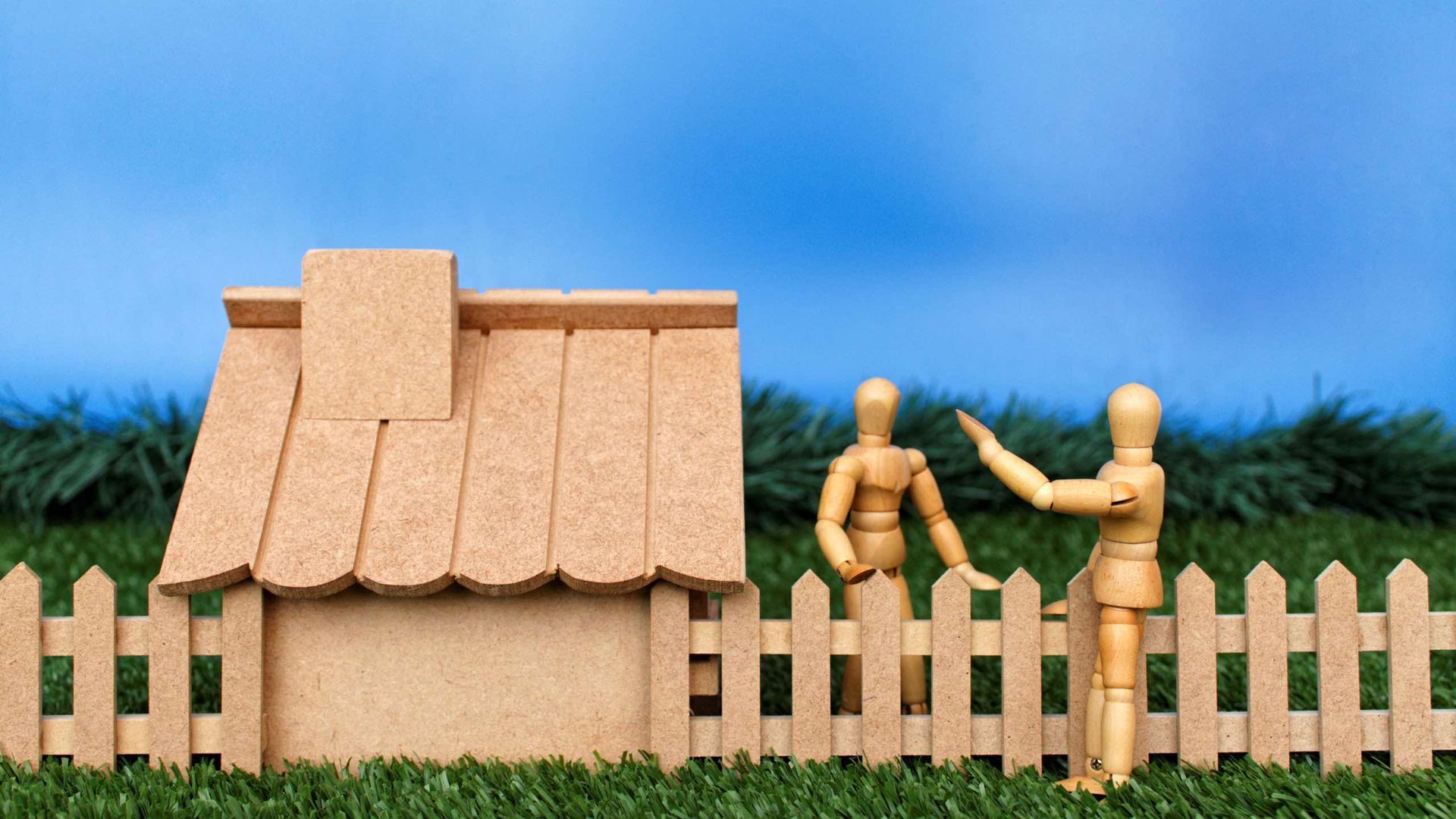
January 17, 2025
As a trusted fence company, we've seen many neighbor disputes. These often start from misplaced fences and outdated boundary markers. Such issues can lead to heated arguments or even legal battles. Conflicts can grow quickly. This often happens when a new neighbor moves in. If they find mismatched property lines, it can cause tension and stress between households. Based on our experience, here are some tips to handle boundary disputes, especially about fencing. These can help you get along with your neighbors and live peacefully. A common cause of these disputes is unclear property lines. This confusion makes it hard to tell where one property ends and another begins. Resolving a dispute is tough without a clear map. It’s like wandering in a dense forest without a compass. Every step you take feels uncertain. A professionally staked boundary survey is your most reliable asset in resolving these disputes. It provides a tangible and undeniable record of your property's boundaries, giving you a strong foundation for your claim. For instance, in Minnesota, tampering with these markers can result in a hefty fine of up to $1,000, making it a serious offense. A clear map of your property lines is like a treasure map. It guides you to a peaceful outdoor space where you can relax and enjoy. You’ll know your property’s size, which helps settle disputes. This way, you can avoid expensive errors, like building a fence on your neighbor’s land. Before putting up a fence, get approval from your Homeowners Association (HOA) and, if needed, your local municipality. Skipping permits is a risky strategy, giving your disputing neighbor leverage against you. Unapproved construction can upset neighbors. They might report you to the county or HOA. This can lead to fines and ongoing conflict. Both sides may dig in their heels. Think of it like planning a road trip – you need a map to ensure you're on the right path, and in this case, the right path is following local regulations. Consult your County, City, or Town's planning department for clarification on the type or height of fence allowed. In some places, there are height restrictions. In others, certain fencing styles are not allowed. Not getting permits can cause expensive fixes. It can also stress you out with neighbor complaints. They might worry that your fence affects their property values. Local authorities usually stay neutral in property line disputes. They prefer not to get involved in conflicts that can be emotional and exhausting for everyone. Usually, if there's a dispute about a fence encroaching, it's a legal issue. Property owners need to handle it and find a solution together. Government support may be limited when conflicts arise, leaving you to navigate the situation on your own, which can be a daunting task. If your survey has stakes and a stubborn neighbor ignores them, you might need to call the police. They can enforce the legality of your survey and help stop any trespassing. Knowing local laws and regulations can help you resolve disputes. It can strengthen your case against your neighbor’s claims. This knowledge may also help you avoid expensive legal battles. Open communication is key to navigating changes affecting both you and your neighbor. Shared fences impact both sides, much like a shared voyage, where both parties must work together to reach their destination. Talk to your neighbor about replacing the fence. They might want to share the costs. If you pay for the whole thing, they may let you pick the new fence. This can lead to a win-win agreement. Everyone gains from the teamwork, and both sides can enjoy their outdoor space peacefully. Your neighbor may want to add more fencing to their backyard. This can create a lovely, smooth landscape. It also boosts property values. Don't forget to ask your fence company if they offer discounts for simultaneous work, making it a win-win situation for both parties. Some fence companies have package deals for nearby properties. This makes it a budget-friendly choice for both neighbors. Working together helps you build a peaceful home. This creates a friendly neighborhood where neighbors become friends, not foes. We are ready to help you get started on your new fence today. Let us know how we can be there for you.
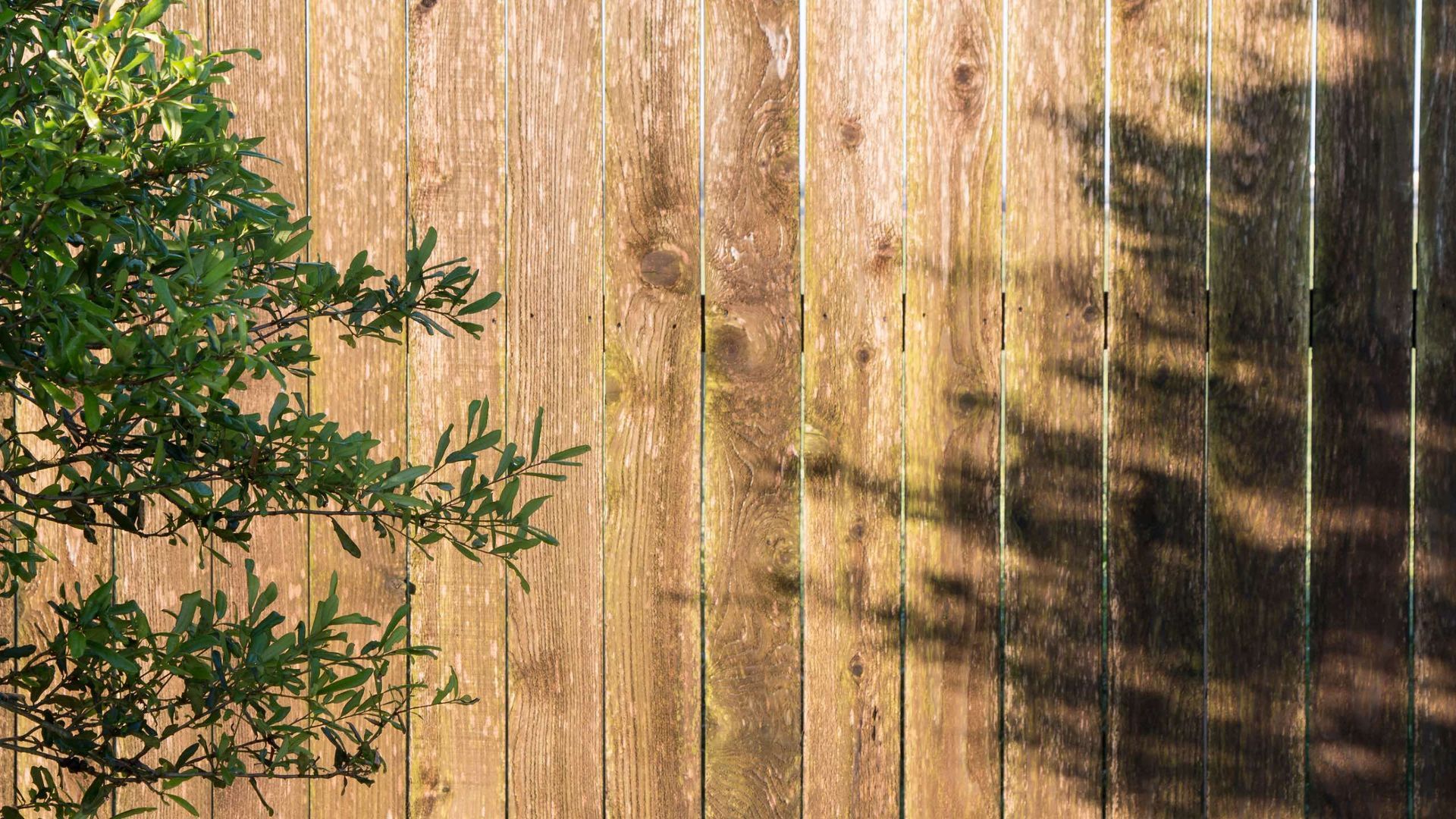
December 30, 2024
When building a fence near trees, understand the traits of each species. This helps avoid conflicts and creates harmony. Knowing how big they get, how wide they spread, and how they grow is key to planning a fence that meets their needs. Majestic oak trees can grow up to 50 feet tall. Their branches need space to spread about 30 feet wide. This is similar to the canopies of ancient trees in European forests. Sunlight filters through the leaves, creating dappled shadows on the ground. You can hear wildlife sounds, like bright blue jays and squirrels, all around. These strong trees have stood tall for centuries. They provide shade and shelter for wildlife. Their presence greatly affects the nearby ecosystem. When planning your fence with a fence company, think about how your trees will grow. Their roots will go deeper, and their canopies will spread out. This will create a safe space for local wildlife. Imagine strolling in a lively garden. Leaves rustle gently, and birds sing sweetly. Sunlight dapples the grass, bringing a feeling of peace. Picture strong oaks standing tall, free from fences. Their green canopies show their health. Roots dig deep into the ground, like anchors holding a ship steady, just like the ancient trees of Redwood National Forest. Designing your fence to accommodate your trees is key. Think about curving it around your trees. This can make them a stunning focal point. Just like the famous Gateway Arch in St. Louis, which is surrounded by tall, mature trees that have stood for centuries. Choose rustic wooden fences that wind through rolling countryside forests. They blend with nature and resemble a beautiful piece of landscape art, much like the calm scenes of the English countryside. If a tree is in your way, build a courtyard-style fence around it. This merges nature and structure. It’s like how architects blend old landmarks with modern designs. They create art that respects the past while welcoming the present. A good example is the mix of ancient and modern styles in Rome. Selecting the right fence materials is also crucial. Balance durability and aesthetics by considering the unique needs of your trees. Wood can weather quickly, but vinyl or aluminum lasts for years. They offer a strong barrier against nature's elements, just like a sturdy dam protects against flooding. Pick a fence that fits with nature. Wood blends in well, while sleek metal can highlight the beauty of your trees. It's like how a Tiffany lamp makes a room shine. Certain tree species, like Minnesota's black ash, thrive in specific conditions. When you place your fence, think about the trees' needs. Just like a gardener cares for an orchid, you should give them enough sunlight and water. Also, prune the trees to help them grow strong. Achieving harmony is vital for your trees' health, so be prepared to trim or remove trees if necessary. A tree's roots are essential for stability and nutrients, similar to how the human body relies on its circulatory system to pump blood and oxygen. Trees can tolerate up to 20% root damage, but excessive damage can be fatal, much like how a severe injury can be life-threatening. A mature tree's roots can spread three times the width of its canopy. This helps create a habitat for various marine life, like the complex ecosystems in coral reefs. When building your fence, set posts with care. Avoid disturbing roots, just as a surgeon stays clear of surrounding tissue during surgery. When you dig post holes, choose hand digging instead of machines. This helps prevent serious root damage. It also keeps a good relationship between your fence and trees. This method helps your fence and trees grow together, like a well-tuned machine. They work in harmony to create a peaceful oasis in your yard, blending nature with human creativity. By following these tips, you can build a fence that not only coexists with your trees but also celebrates their unique beauty. Picture a future where your fence and trees grow side by side. They form a stunning landscape that fills you with awe and wonder. Plan carefully and pay attention to detail. This way, you can create a sanctuary. It will honor nature and highlight human creativity. Your fence will be a true work of art. It will blend into the landscape and show the beauty of nature and human teamwork. Our fence company can help you maintain the health of your trees while also creating the perfect fence for your property. We are ready today to start working with you.
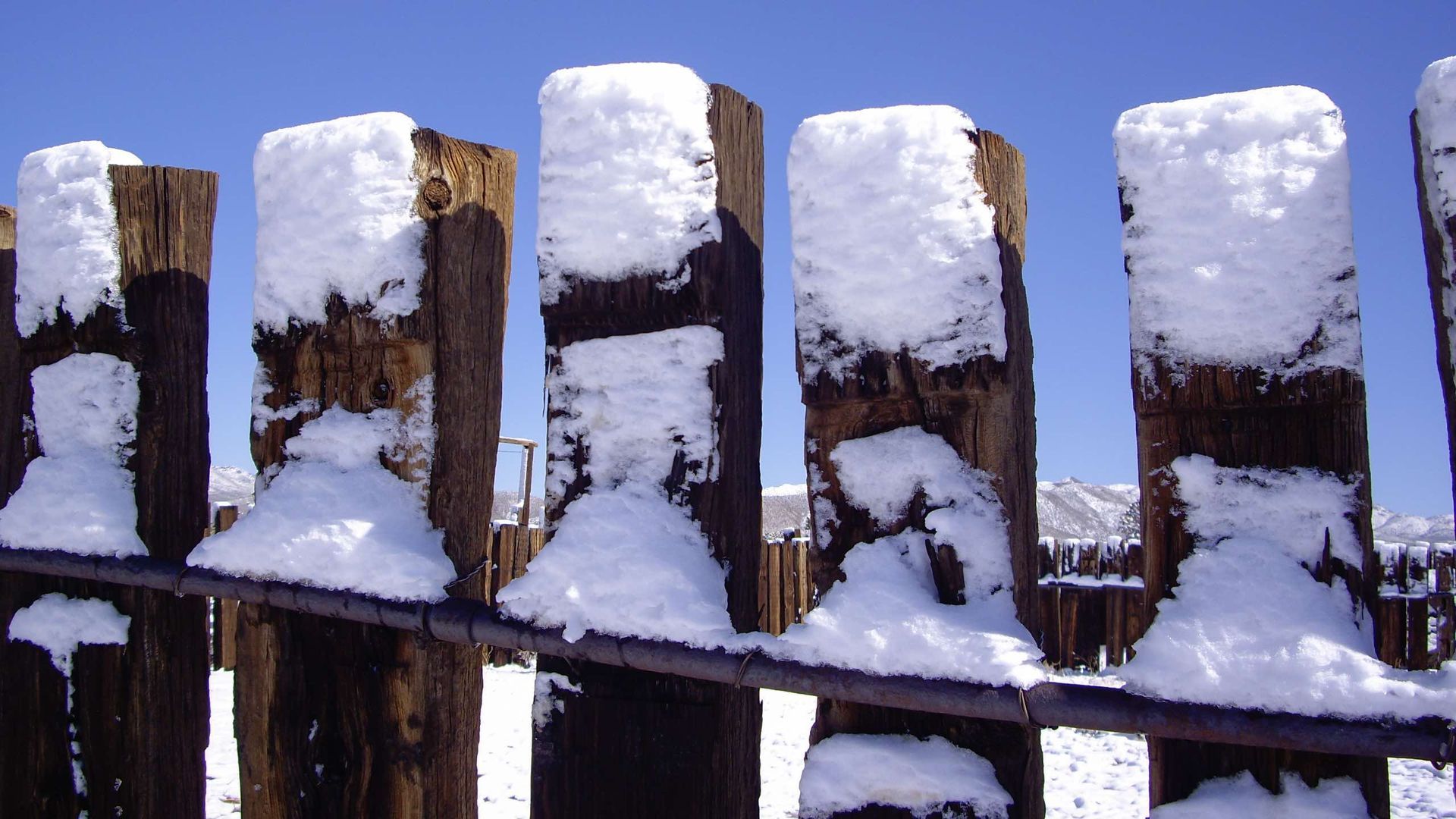
December 1, 2024
Preparing your fence for Minnesota's harsh winters is crucial, especially in cities like Duluth. These areas can see up to 80 inches of snow each year—that’s about 160,000 pounds pressing down on your fence. To visualize, think of a fully loaded Toyota Corolla sitting on it. This pressure can make your fence buckle or collapse, just like a skyscraper might struggle against a category 5 hurricane. As a local fence company, we are well aware of these challenges and are ready to help. Snow can cause serious damage in Minnesota. A cubic foot of snow can weigh up to 20 pounds, similar to a big bag of dog food or a small suitcase. A fence that is 10 feet tall and 50 feet long can bear over 10,000 pounds of pressure, like five small cars parked on it. Even strong fences can crumble under this weight, much like a fragile vase falling on a hardwood floor. Regular maintenance is key to keeping your fence strong, just like a well-built cabin can withstand a snowstorm. The 1991 Halloween Blizzard, which dumped over 36 inches of snow on Minneapolis, serves as a reminder of snow's power. Roofs collapsed, and trees fell. This shows why regular inspections matter, similar to checking your roof for damaged shingles. In the Costello yard in Minneapolis, a fallen branch caused a fence to collapse under snow, leading to over $1,000 in repairs—enough to buy a new snow blower or winter tires. A 2019 snowstorm in the Twin Cities also caused considerable fence damage, highlighting the need for frequent checks. Regular inspections are vital to keep your fence sturdy and secure, much like an anchor holding a ship during a storm. After snowstorms, check for damaged or loose posts, panels, and gates, which can be as fragile as a dry leaf in the wind. Clear away debris like leaves and branches that could harm your fence, similar to removing rocks from a garden bed to prevent weeds. A quick walk around your property can help spot issues before they turn into major problems, like noticing a small leak in your roof before it floods. Applying a waterproof sealant is key to protecting your fence from moisture damage, like wearing a waterproof jacket in the rain. This sealant acts like armor against winter's harshness, especially for wooden fences that might warp or crack. It prevents wood rot, a common issue in cold, wet climates, by keeping moisture out. Ignoring wood rot can quickly lead to costly repairs, like a cancer spreading if untreated. Imagine a small crack in your fence slowly widening, allowing water in and causing extensive damage, much like a slow-moving landslide. Our fence company can provide recommendations for preserving your fence against harsh winter weather. Neglecting maintenance can lead to serious issues, such as a Duluth homeowner who faced over $5,000 in repairs when their fence collapsed under snow in 2014—similar to buying a new car or taking a dream vacation. By staying proactive, you can avoid these costs and keep your fence sturdy even in harsh winters, like a strong wall protecting a castle. Enjoy winter's beauty, knowing your fence is secure, much like a cozy cabin in a snowstorm, where you can relax with a warm cup of hot chocolate. Let our elite fence company help prepare your fence for the harsh winters to come.
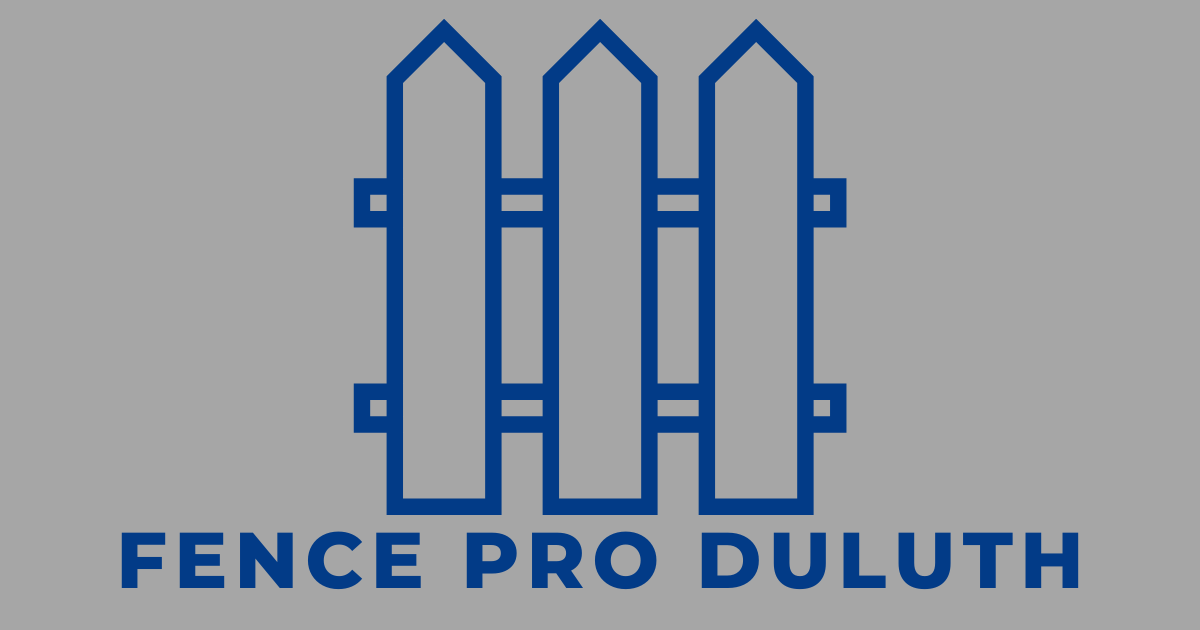
SERVICES
RESIDENTIAL
COMMERCIAL
FENCE REPAIR
2024 All Rights Reserved Fence Pro Duluth - Disclaimer / Terms of Service - Privacy Policy Check us out on the web!
